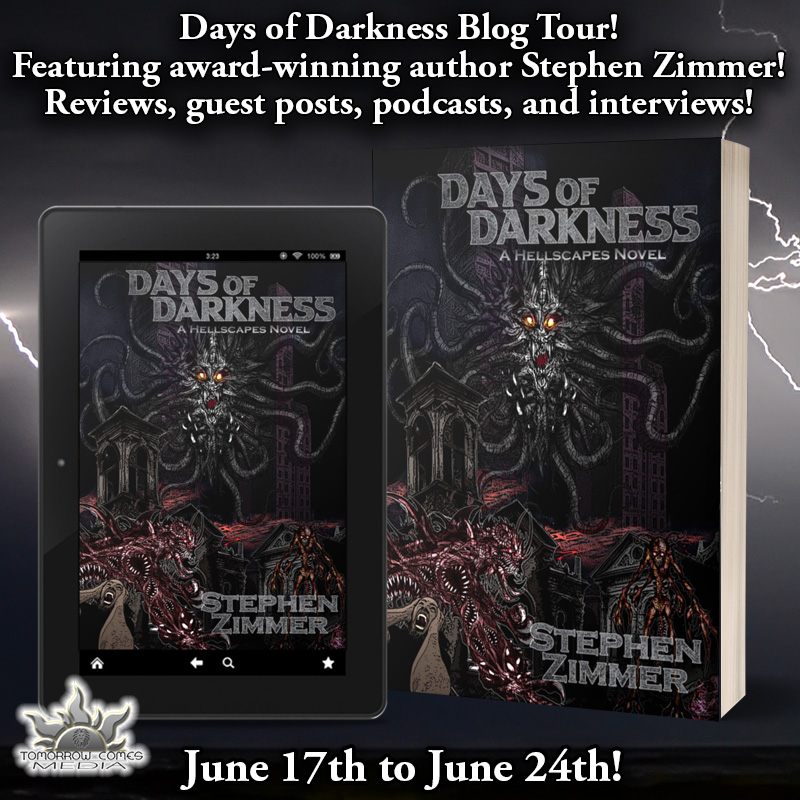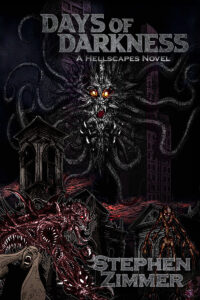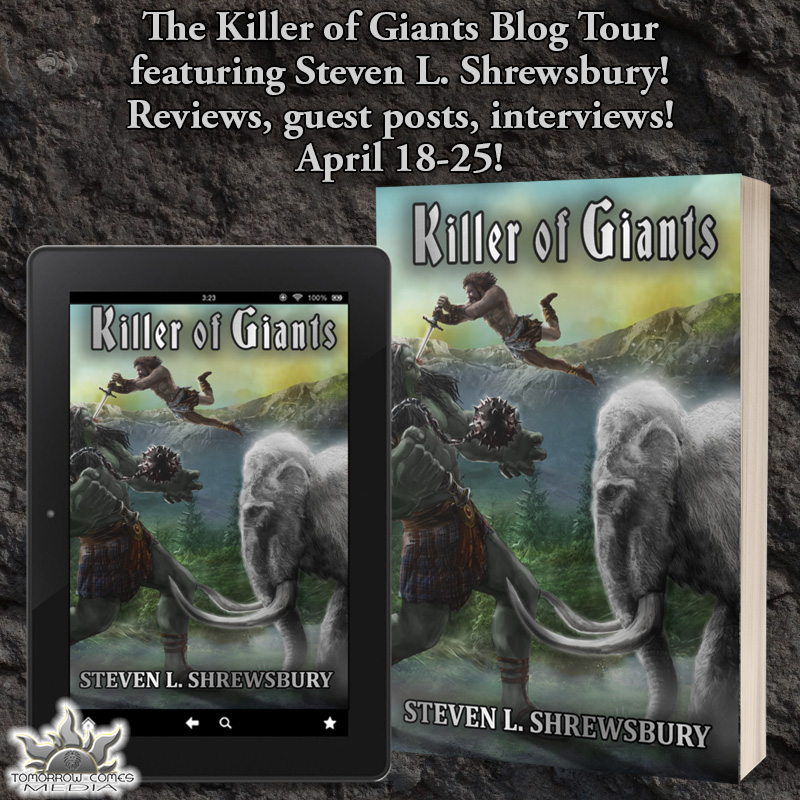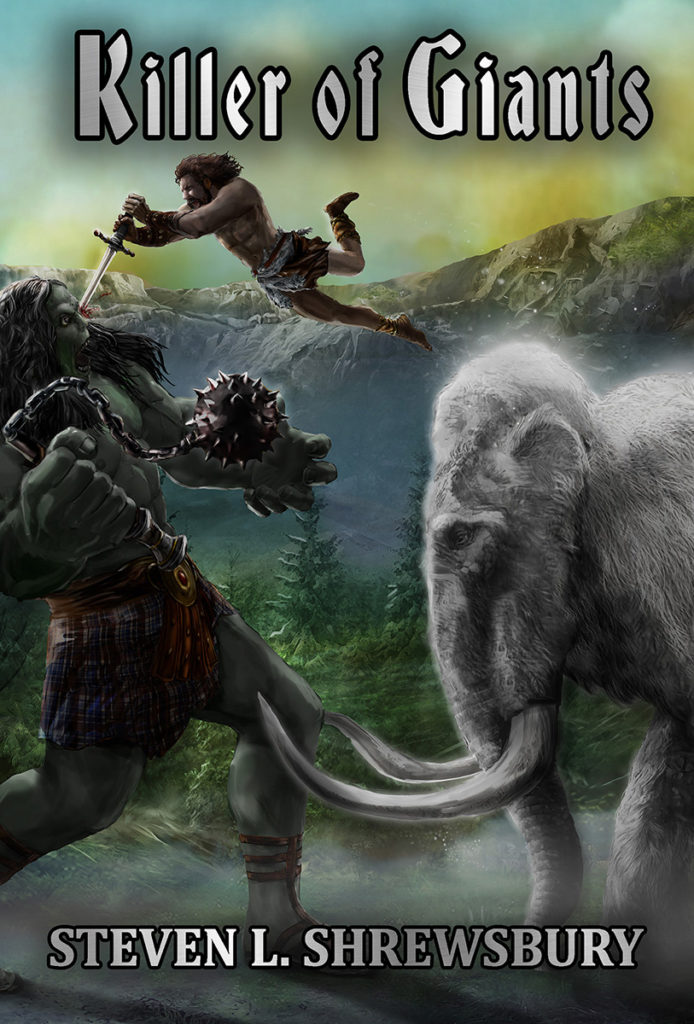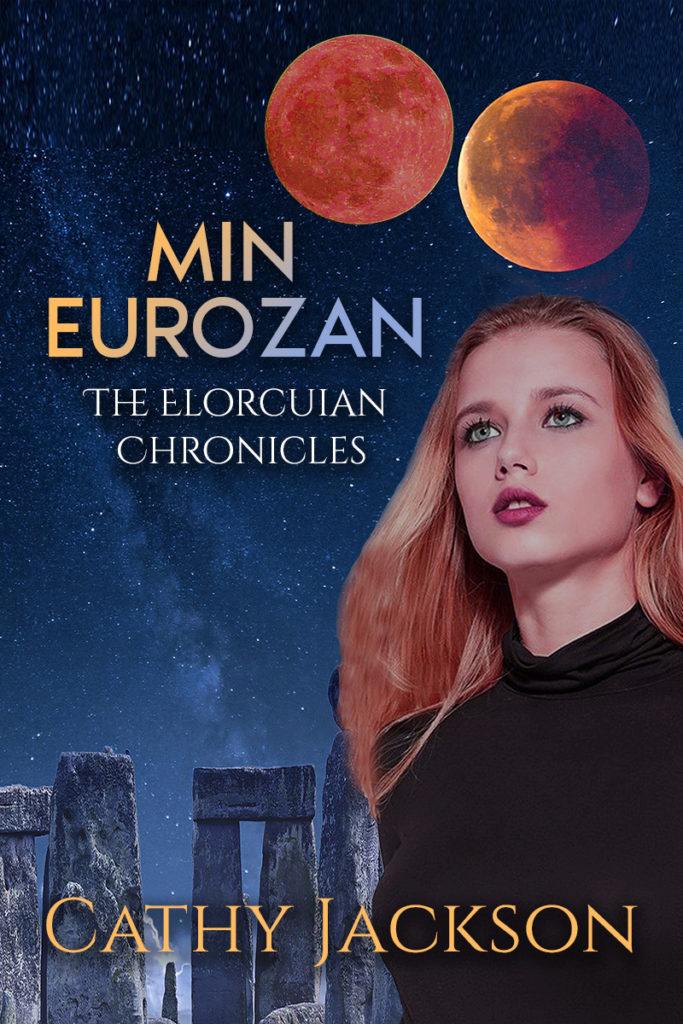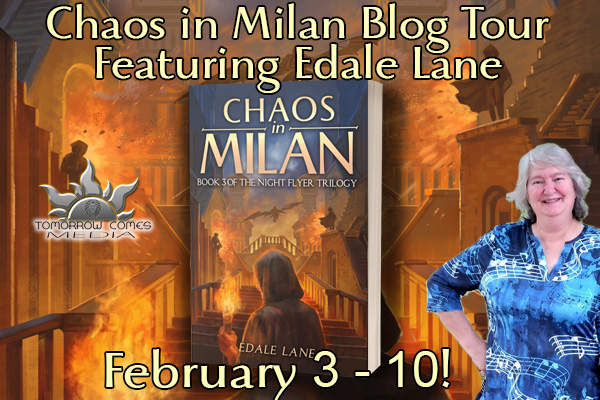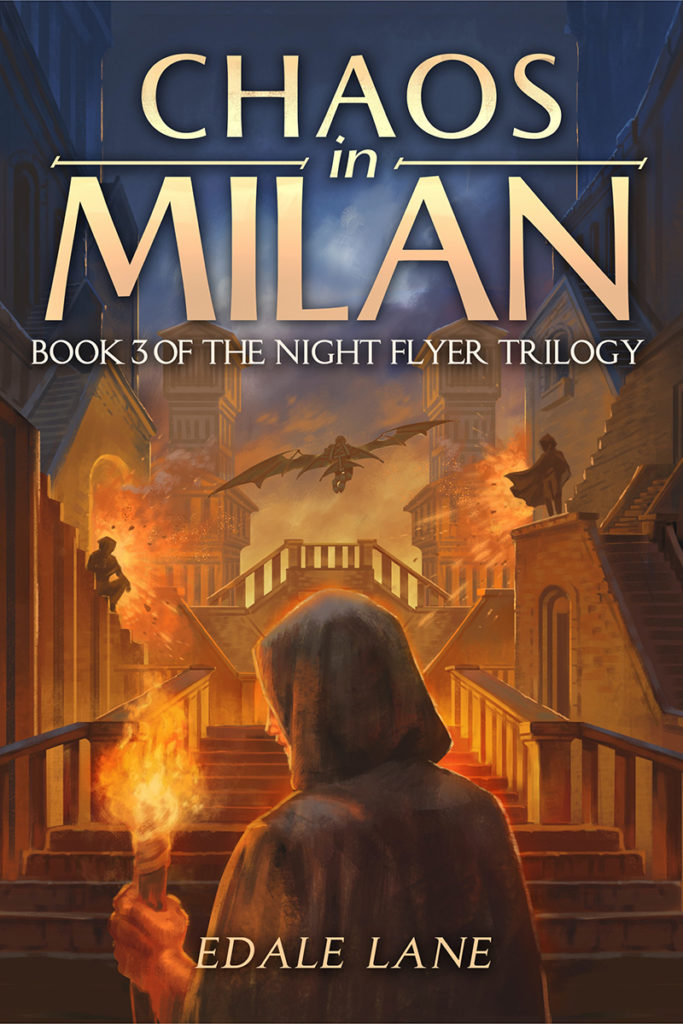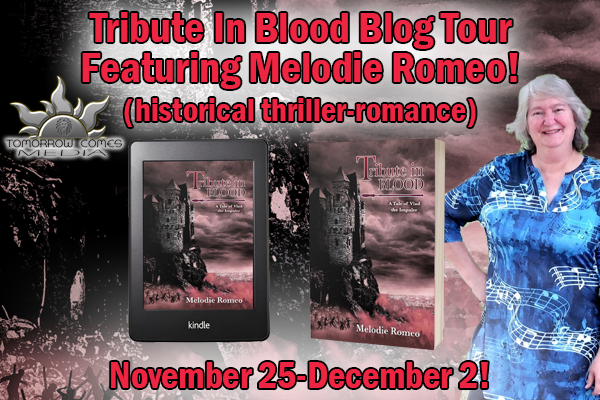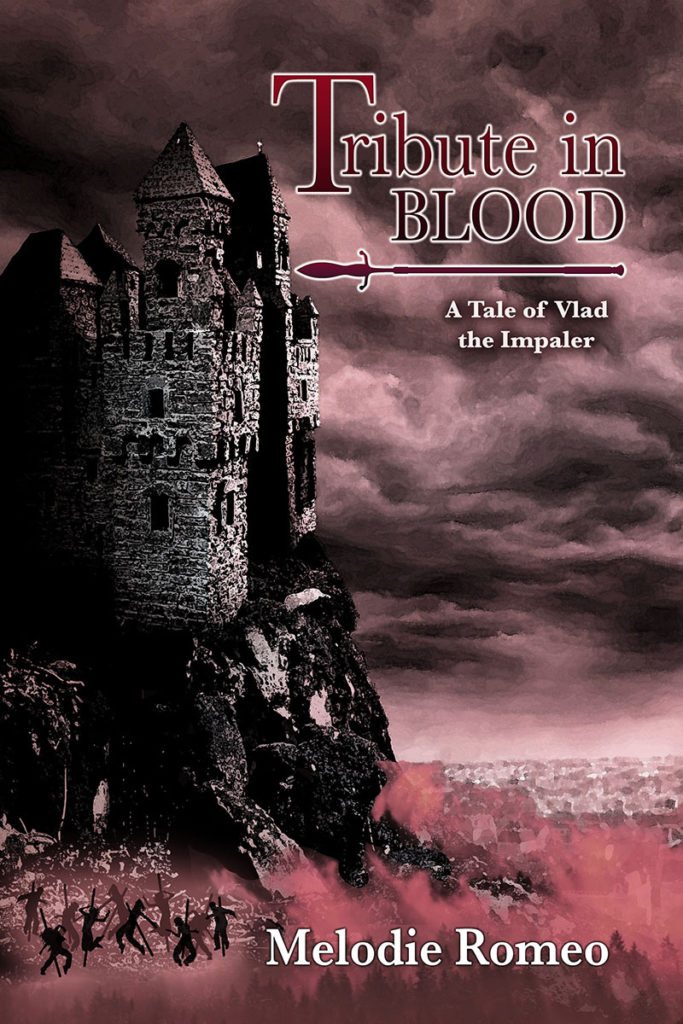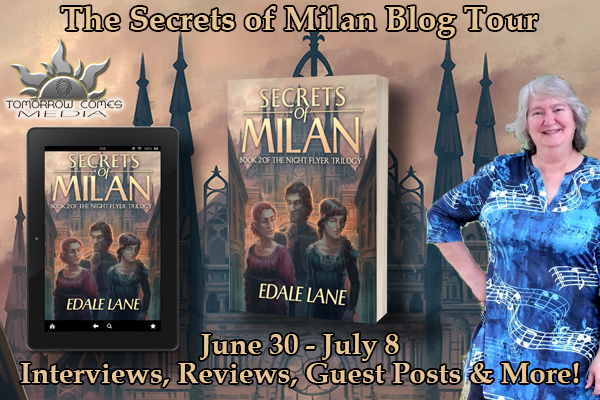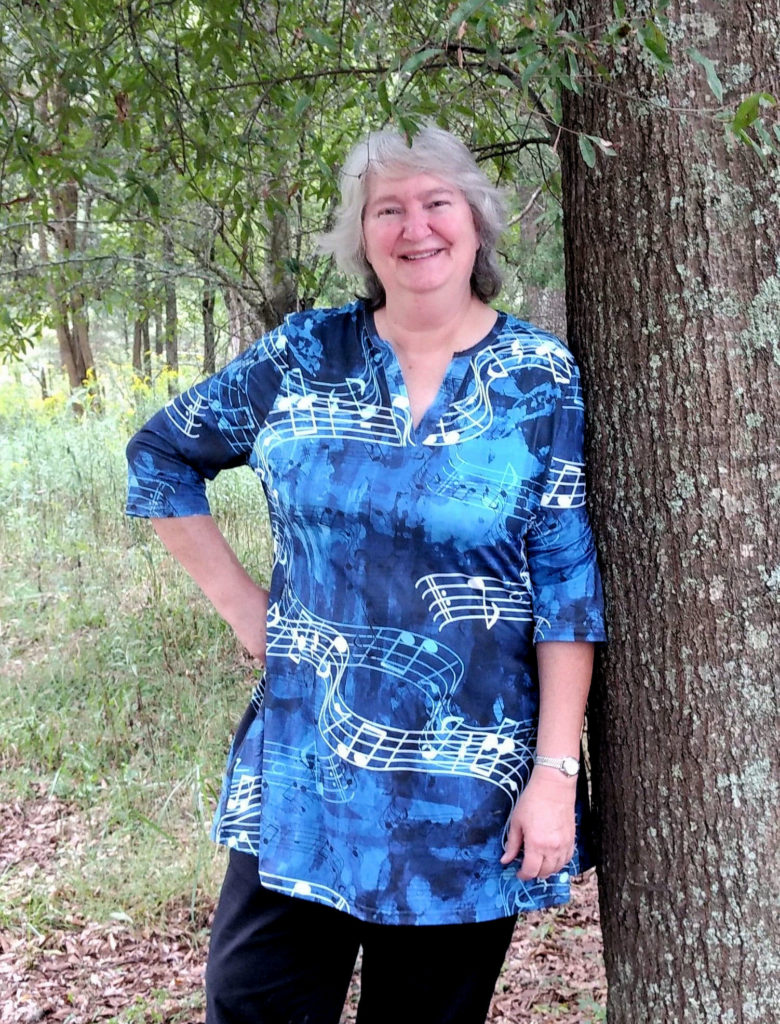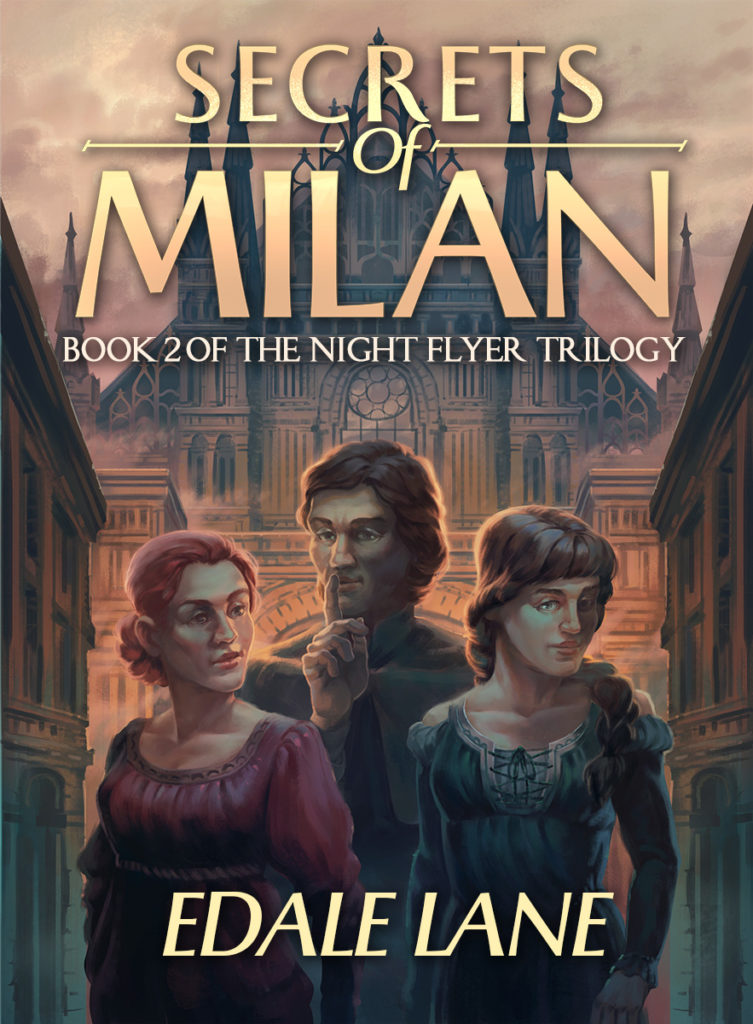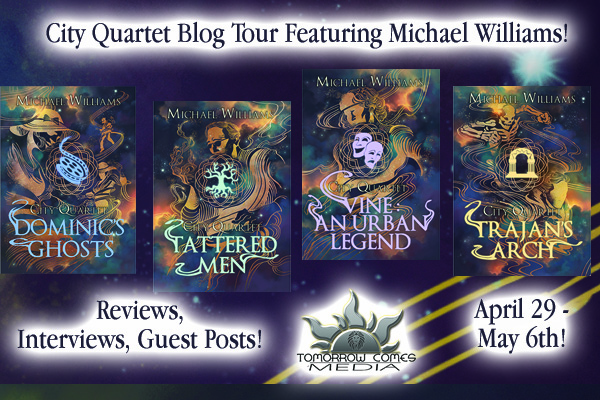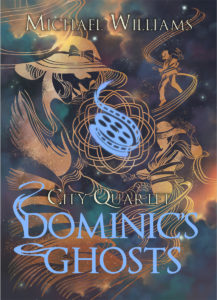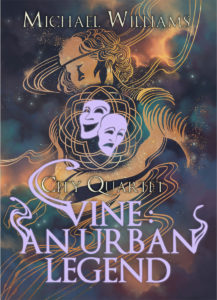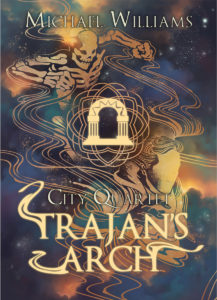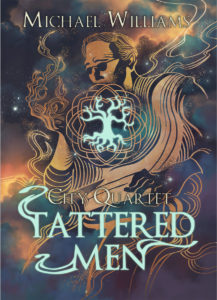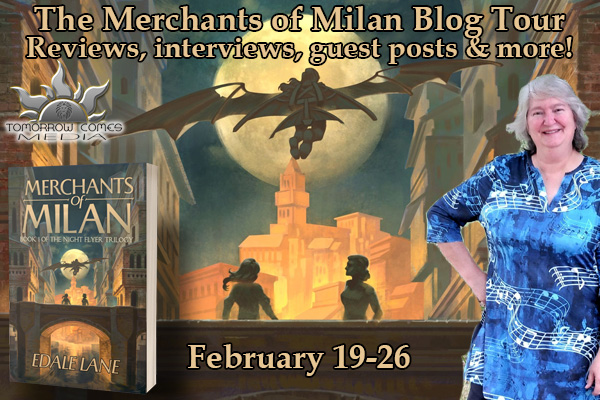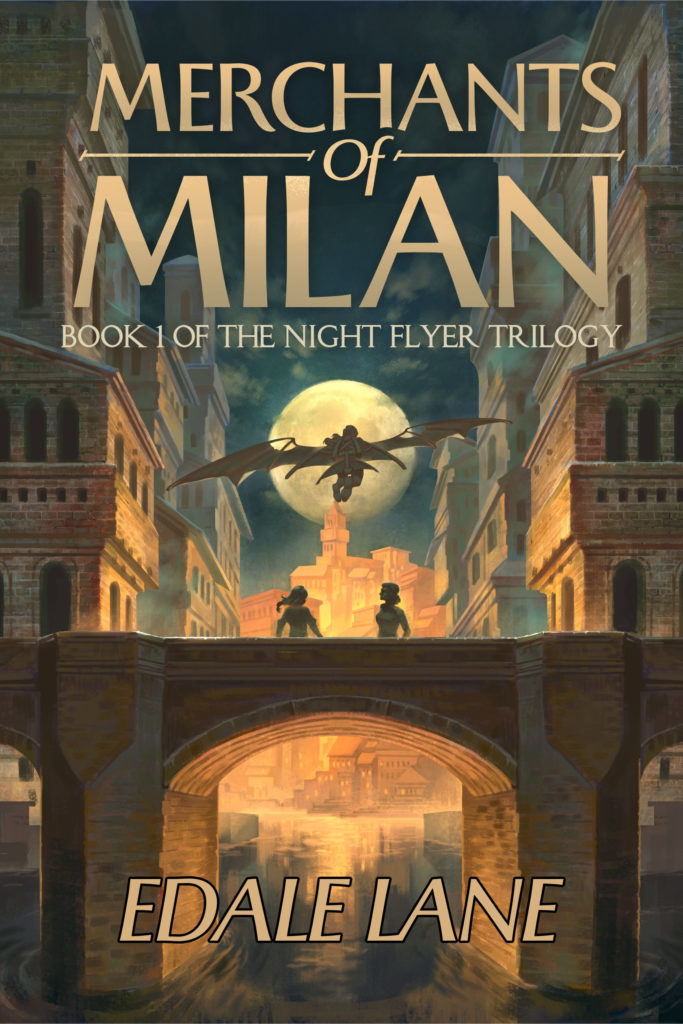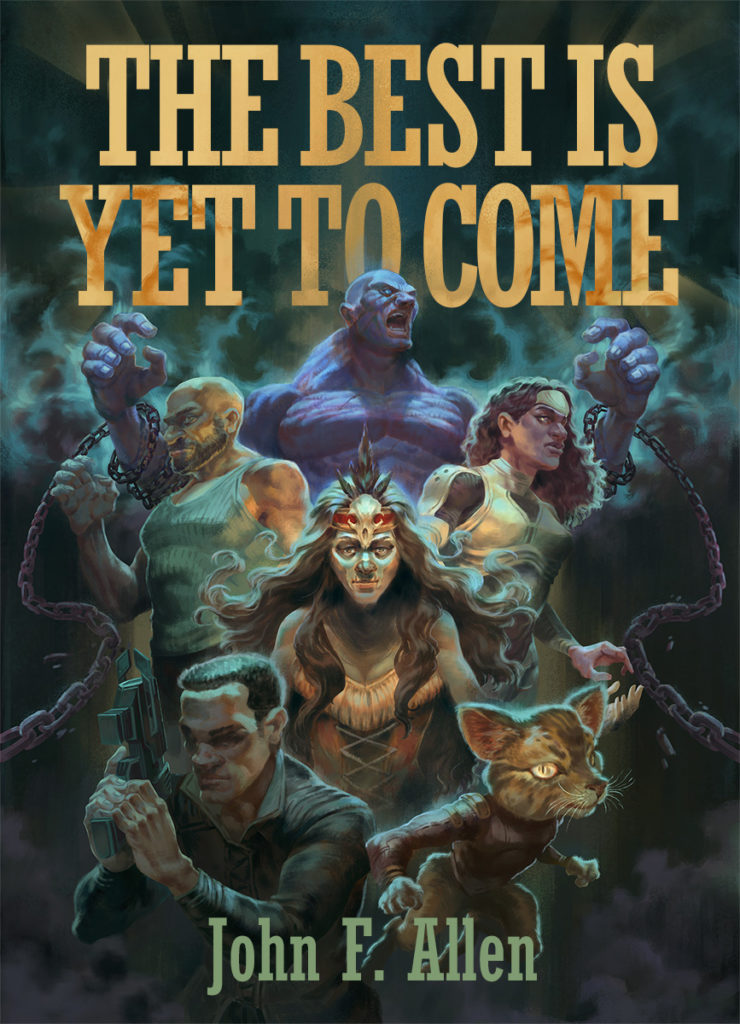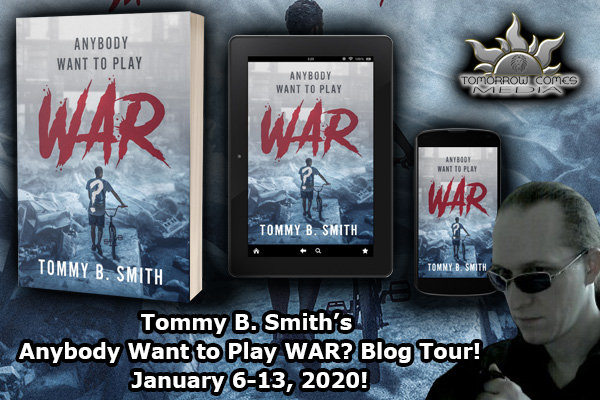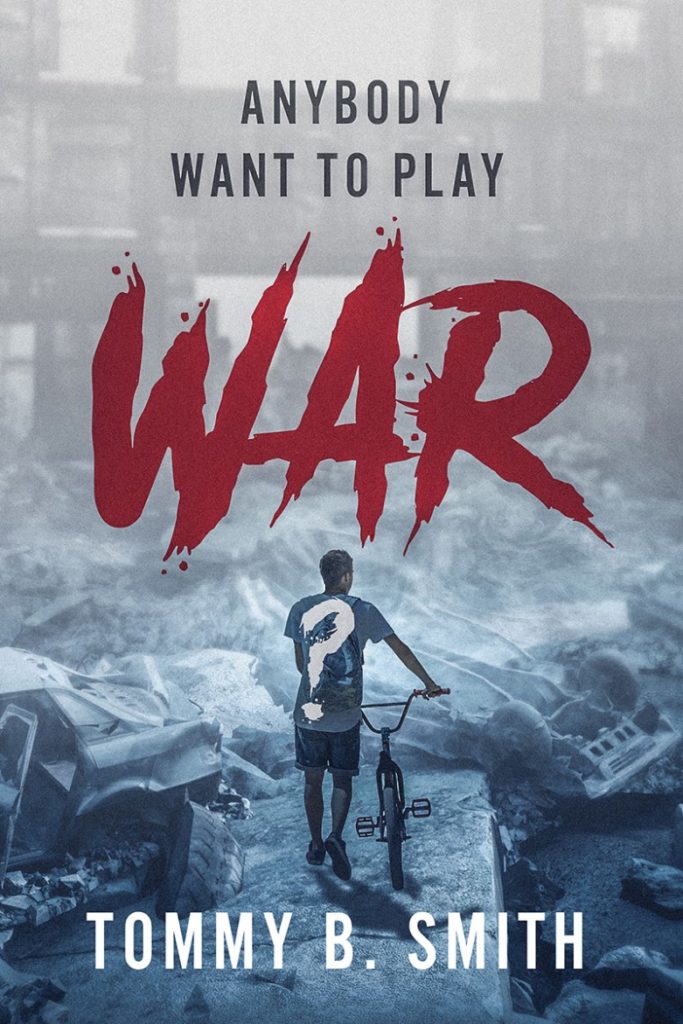Days of Darkness proved to be a very interesting project for me in terms of the overall structure and kind of writing necessary to tell this particular story. It is a unique story for several reasons, and as such it brings it into some rarer territory when it comes to the elements typically used in writing novels, or even feature film screenplays.
One thing that readers of the book may be surprised by is that Days of Darkness has no protagonist. Nor is there an anti-hero. In fact, the main character that readers follow the entire story with, Ambrose, is a very despicable individual, and any sense of an arc concentrates merely on the process of personal revelation, as opposed to a fundamental development of character like is seen with main characters in novella/novel-length fiction.
In most other realms of storytelling, it is difficult to tell a tale where the reader is not going to have a strong connection of some kind with the character whose perspective the story is being told through. In most stories, the lack of a main character to bond with is a shortcoming. In Days of Darkness, not only was it not any kind of shortcoming, I found, but rather a strength that was the best route for this tale.
Here, the dynamic of the story from start to finish is that of a steady, dark-edged thrill ride, and it is more the setting and the journey through it that propels the reader through the story, without the typical bond a reader typically has with a more common type of main character. Ambrose’s encounters and interactions with the unfolding world around him, rather than a character arc, are what draws the reader in deeper and creates a hunger to see what comes next.
The nature of this story’s main character also had a strong effect on the overall structure of this story. There are three primary phases in the novel, but they do not fall into any usual kind of three-act structure. The first part of the story takes place in an urban setting, the second in a suburban setting, and the third in a rural setting, after which things come full circle for the climax of the storyline.
Throughout all of these phases, there is a constant escalation of action and scale. It begins with the world as most of us know it, with nothing seeming to be out of the ordinary. Then, things begin to gradually unravel, and as they do, the stakes get bigger in relation to the kinds of entities that begin to manifest and the chaos that breaks out and spreads within this world.
There is not really an ebb and flow, but rather a steady, expanding progression, until the reader arrives at the grand finale, which features an event that exceeds the magnitude of everything that has taken place before that.
The atmosphere, the settings, and the nature of this particular Hellscape drive the story on a continuum as Ambrose is taken along a macabre journey of revelation and ultimate accountability.
Looking back on Days of Darkness, I am confident that readers will find this book engaging, compelling, and intriguing; and even though it may be disturbing at times, there are thought-provoking themes regarding the nature and essence of evil underlying all of it.
To do this without a more typical novel structure, and without any sort of protagonist or anti-hero driving at the core of this story, has marked another stride in my writing and storytelling. It is not the usual horror novel, but it delivers a powerful and unique kind of story that readers of the horror genre are going to love. My wish is that readers come to enjoy it as much as I did writing it!
I am already looking forward to writing the next foray into the Hellscapes, no matter the form it may take!
————————
Stephen Zimmer is an award-winning author, filmmaker, and broadcaster based out of Lexington, Kentucky. His titles as an author include the Rayden Valkyrie Tales (sword and sorcery), the Ragnar Stormbringer Tales (sword and sorcery), the Hongvi Shadow Walker Tales (sword and sorcery) the Faraway Saga (YA dystopian), the Rising Dawn Saga (cross-genre), the Fires in Eden Series (epic fantasy), the Hellscapes short story collections (horror), the Chronicles of Ave short story collections (fantasy), and the Harvey and Solomon Tales (steampunk).
Kentucky. His titles as an author include the Rayden Valkyrie Tales (sword and sorcery), the Ragnar Stormbringer Tales (sword and sorcery), the Hongvi Shadow Walker Tales (sword and sorcery) the Faraway Saga (YA dystopian), the Rising Dawn Saga (cross-genre), the Fires in Eden Series (epic fantasy), the Hellscapes short story collections (horror), the Chronicles of Ave short story collections (fantasy), and the Harvey and Solomon Tales (steampunk).
Stephen’s visual work includes the feature film Shadows Light, short films such as The Sirens and Swordbearer, and the Rayden Valkyrie: Saga of a Lionheart TV pilot. Stephen also co-hosts the Star Chamber Show, a weekly live audio podcast on PodBean featuring creative talents from around the world.
Stephen is a proud Kentucky Colonel who also enjoys the realms of music, martial arts, good bourbons, and spending time with family.
Author Links:
- Website: www.stephenzimmer.com
- Facebook: www.facebook.com/stephenzimmer7
- X App (Formerly Twitter): @sgzimmer
- Instagram: @stephenzimmer7
- Threads: @stephenzimmer7
- TikTok: @stephenzimmer7
————————
Days of Darkness
Ambrose awakens to find dense, rolling layers of ash-gray clouds spanning to the far horizon, shrouding the city beneath in a drab pall. He begins his day, thinking it no different from any other.
Though it is in the height of summer, an icy, anomalous chill sifts into the air later that day, until it becomes colder than the depths of winter.
Then, the sun sets, and darkness falls.
The night does not end, as there is no sunrise to follow.
Bizarre and frightening apparitions begin appearing across a city and world shrouded in an inexplicable darkness. It is only the beginning of an unfurling, deepening nightmare, one that will take Ambrose on a terrifying journey of self-discovery and revelation.
For Ambrose, and everyone in the world around him, the Days of Darkness have only just begun.
Ebook
Coming soon to the Literary Underworld store!

